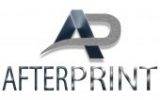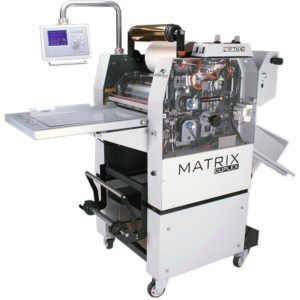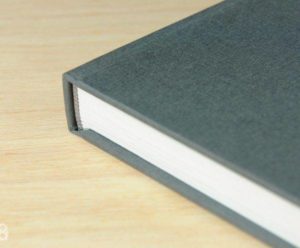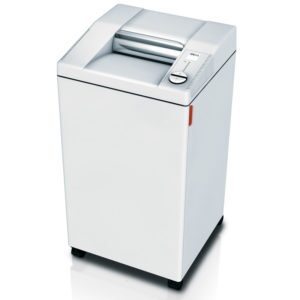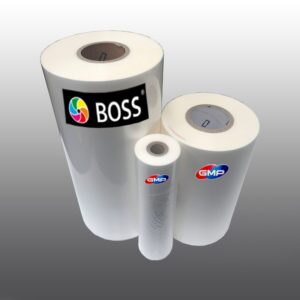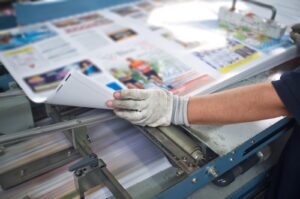12 September 2023
Laminating for Education: Creative Classroom Uses and Benefits
In today’s digital age, it’s easy to overlook the importance of traditional tools and techniques in education. However, one such tool that continues to stand the test of time is the laminating machine. Lamination has become a staple in classrooms around the world, offering a range of benefits that enhance learning experiences for both teachers and students. In this blog post, we will explore the creative classroom uses and benefits of laminating, highlighting how this simple yet powerful technique can transform educational environments.
1. Durability and Protection
One of the primary benefits of laminating educational materials is the added durability and protection it offers. Laminating papers, posters, flashcards, and other resources helps to safeguard them from wear and tear, spills, and general classroom mishaps. By encapsulating these materials in a protective layer, laminating ensures that they can withstand frequent use and last longer, saving teachers valuable time and resources in the long run.
2. Visual Appeal
Laminating also enhances the visual appeal of educational materials. The glossy finish that laminated resources acquire not only makes them more attractive but also helps to bring important information to life. By using laminated visuals, teachers can capture and maintain students’ attention, making learning more engaging and memorable. Whether it’s colourful posters, charts, or flashcards, laminated materials have a professional finish that adds a touch of vibrancy to the classroom.
3. Versatility and Interactivity
Another advantage of laminating is its versatility and ability to promote interactivity in the classroom. Laminated materials can be used in a variety of ways, from creating reusable worksheets and activity boards to interactive games and puzzles. With the use of dry erase markers or Velcro attachments, laminated resources can be easily customised and adapted for different lessons and learning styles. This flexibility allows teachers to engage students in hands-on activities and collaborative learning, ultimately enhancing their understanding and retention of the subject matter.
4. Organisation and Classroom Management
Laminating can also contribute to better organisation and classroom management. By laminating labels, name tags, and storage tags, teachers can create durable and reusable resources that help keep the classroom tidy and well-structured. Laminated schedules, calendars, and timetables can be easily displayed and updated, providing students with a clear visual representation of their daily routines. This not only promotes independence and responsibility but also reduces classroom disruptions and confusion.
5. Eco-Friendly Solution
Lastly, laminating can be an eco-friendly solution for educational institutions. By laminating materials and resources, schools can reduce paper waste and the need for constant reprints. Laminated materials are more resistant to damage and can be reused multiple times, reducing the overall consumption of paper and contributing to a more sustainable learning environment.
Conclusion
In conclusion, laminating is a valuable tool in education with a range of benefits. From its ability to protect and enhance the longevity of educational resources to its versatility and interactivity in the classroom, laminating machines offer numerous advantages for teachers and students alike. Not only does lamination provide a professional finish to educational materials, but it also promotes engagement, organisation, and sustainability in the classroom.
At AfterPrint, we understand the importance of high-quality laminating machines in the education sector. Our range of paper laminating machines are designed to meet the specific needs of teachers and educational institutions. With our expertise and attention to detail, we strive to provide the best laminating solutions for the classroom.

